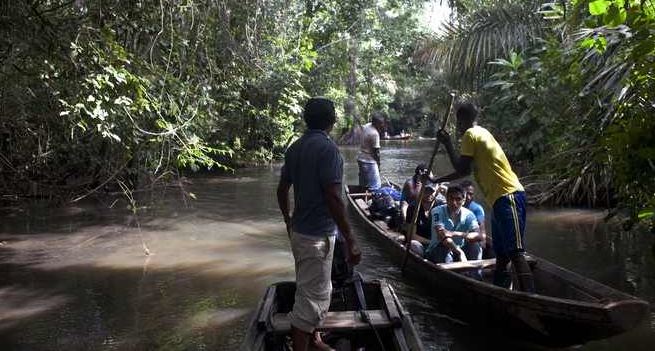
Colombia worries by growing ingress of ‘illegals.’ Is a ban next?
Colombia’s defense minister, Luis Carlos Villegas Echeverri, said that his agency has asked the United States, Panama and Ecuador for “international information” to deal with the increasing number of immigrants — Cubans among them — who are entering his country without visas and without security clearing.
The unspoken result of this concern might be the repatriation or detention of those undocumented foreigners.

Speaking on Friday (Nov. 27) in Barranquilla, during a security council meeting with police and army leaders, Villegas said that Colombian authorities have seen “an unusual migration of people of diverse nationalities [such as] Cubans, Africans, the Middle East and Asia.”
“We have seen, in the past two months maybe, an increase in the number of illegal migrants, beyond the normal, which has led us to ask for cooperation in international information from neighboring countries such as Ecuador, Panama and the United States, as well as Interpol, for the purpose of monitoring those people,” he said, according to a Defense Ministry press release.
“Most of those who arrive, including the Cubans, come without documents and in some cases speak languages that are not accessible to our authorities. For this reason, we have resorted to international cooperation,” he said.
Villegas did not specify what kind of “cooperation” Colombia has requested from the United States, Panama and Ecuador, but it could be assumed that it involves experts in linguistics and military intelligence.
An undetermined number of citizens of Pakistan have arrived in Colombia “and the applicable procedures have been made to identify them,” the minister said. Already one Pakistani citizen has been arrested, he said without giving details.
Colombia is one of the countries traversed by Cuban migrants on their way to the United States. Nicaragua and Panama have already closed their borders to them. Colombia might well follow suit.
[Photo at top of smugglers taking illegal migrants up the Cacarica River from Colombia to Panama.]



